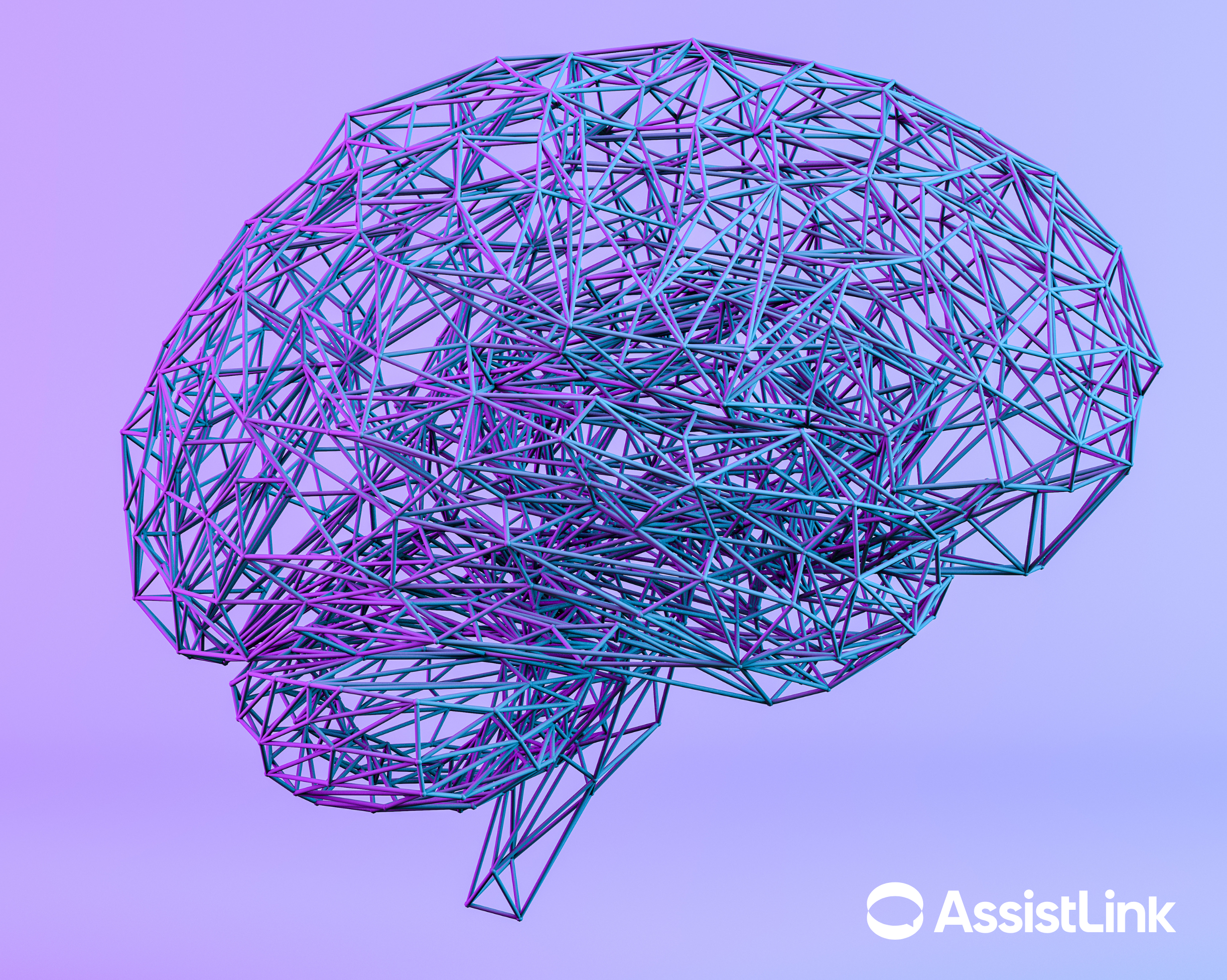In this article:
- Introduction
- The Traditional Knowledge Base Challenge
- Case Study: Industrial Printing Equipment Manufacturer
- Five Principles of Effective Technical Knowledge Management
- Building Your Visual Knowledge Ecosystem: Implementation Roadmap
- Measuring Success: Knowledge Base ROI Framework
- Beyond Cost Savings: Strategic Benefits of Intelligent Knowledge Management
- Conclusion: Knowledge as a Product, Not an Afterthought
For equipment manufacturers, customer support represents both a significant expense and a crucial competitive differentiator. Yet despite substantial investments in documentation and knowledge bases, customers consistently report frustration with finding answers to their technical questions.
💡
This article explores how forward-thinking equipment manufacturers are transforming their approach to customer knowledge sharing—moving beyond traditional documentation to create dynamic, visual knowledge bases that customers actually use.
The Traditional Knowledge Base Challenge
The Usage Problem
Traditional knowledge bases suffer from fundamental limitations:
- Average customer knowledge base utilization rate: just 28%
- 74% of customers attempt self-service before contacting support
- 68% abandon self-service efforts after less than 3 minutes
- 81% report feeling frustrated by current knowledge base experiences
The Content Creation Bottleneck
Equipment manufacturers struggle to maintain effective documentation:
- Average time to update documentation after product changes: 37 days
- Technical writers typically support 12+ product lines simultaneously
- 73% of knowledge base content is rendered obsolete within 18 months
- 82% of support teams report documentation as "inadequate" or "outdated"
The Findability Crisis
Even when information exists, customers can't locate it:
- 79% of customers report difficulty finding relevant information
- Average search attempts before contacting support: 2.8
- 64% of support cases had answers available but unfound by customers
- 71% of customers prefer visual instruction over text documentation
⚠️
The Next-Generation Knowledge Strategy
Case Study: Industrial Printing Equipment Manufacturer
A leading manufacturer of industrial printing equipment transformed their customer support approach after calculating the costs of their ineffective knowledge management.
Before Implementation
- Knowledge base utilization rate: 22%
- Self-service resolution rate: 31%
- Average support tickets per machine annually: 14.7
- Time spent updating documentation: 1,870 hours annually
- Customer satisfaction with support resources: 62%
After Implementation
- Knowledge base utilization rate: 79% (259% increase)
- Self-service resolution rate: 72% (132% increase)
- Average support tickets per machine annually: 5.3 (64% reduction)
- Time spent updating documentation: 740 hours annually (60% reduction)
- Customer satisfaction with support resources: 94% (52% increase)
🗣️
Five Principles of Effective Technical Knowledge Management
1. Visual Priority
Moving beyond text-heavy documentation:
- 93% higher retention rates for visual vs. text-only instruction
- 72% faster task completion when using visual guidance
- 86% of users prefer video demonstrations for technical tasks
- 79% higher confidence when following visual vs. written instructions
2. Context-Aware Organization
Matching knowledge structure to customer mental models:
- Organize by issue type, not product structure
- Provide multiple navigation paths to the same solution
- Enable equipment-specific filtering and customization
- Present related content based on usage patterns
3. Integrated Customer Support Pathways
Seamless escalation when self-service isn't enough:
- One-click transition from knowledge base to direct support
- Contextual information transfer when escalating
- Integrated feedback loop for content improvement
- Option to schedule live assistance directly from documentation
4. Dynamic Knowledge Capture
Converting support interactions into knowledge assets:
- Automatic capture of support solutions
- Expert review workflows for knowledge validation
- Field-sourced content from actual equipment environments
- Continuous improvement based on usage analytics
5. AI-Enhanced Findability
Leveraging technology to connect customers with answers:
- Natural language query interpretation
- Visual recognition of components and error states
- Personalized recommendations based on equipment profile
- Predictive support based on usage patterns
Building Your Visual Knowledge Ecosystem: Implementation Roadmap
Phase 1: Assessment and Strategy
Weeks 1-4
- Analyze current support ticket data to identify knowledge gaps
- Conduct customer research on information seeking behaviors
- Audit existing documentation for utilization and effectiveness
- Define success metrics and measurement approach
Phase 2: Foundation Building
Weeks 5-12
- Implement knowledge management platform with visual capabilities
- Use existing/ already created content
- Develop templated approaches for different content types (AssistLink feature available)
- Upload high-impact existing content for top 20% of support issues
- Establish knowledge creation best practices and maintenance workflows
Phase 3: Integration and Activation
Weeks 13-20
- Start creating knowledge base with support done via AssistLink (Chat & Videos sessions)
- Deploy initial AI-powered search and recommendation engine
- Begin customer communication and adoption campaign. Start with a small number of customers and gather feedback.
Phase 4: Optimization and Expansion
Months 6-12
- Implement advanced analytics to guide content development
- Expand visual content library based on usage data
- Develop knowledge base monetization strategy – assess whether greater value comes from universal access (reducing support costs), premium access (as service contract add-on), or tiered approach (basic content free, advanced features for paid customers)
- Expand the number of customers with access to the knowledge base
⚠️
Measuring Success: Knowledge Base ROI Framework
Support Deflection Value
Calculate direct cost savings from reduced support volume:
- Support tickets eliminated × Average cost per ticket
- Reduced escalations × Cost differential between tiers
- Shorter handling times × Hourly support cost
Customer Success Impact
Measure the value of improved customer outcomes:
- Faster issue resolution × Cost of downtime
- Improved first-time fix rate × Cost of repeat visits
- Reduced onboarding time × Value of productivity gains
Knowledge Creation Efficiency
Quantify the operational benefits for your team:
- Reduced documentation creation time × Staff cost
- Faster knowledge update cycles × Value of accuracy
- Streamlined approval workflows × Management time savings
💰
Beyond Cost Savings: Strategic Benefits of Intelligent Knowledge Management
1. Customer Experience Differentiation
Transform support from necessity to advantage:
- 83% of customers report higher brand loyalty with effective self-service
- 76% consider support resources when making purchasing decisions
- 68% would pay premium pricing for superior support experiences
- 91% more likely to recommend equipment with excellent knowledge resources
2. Accelerated Customer Adoption
Remove barriers to effective equipment utilization:
- 57% faster time-to-proficiency for new operators
- 43% higher feature utilization when supported by visual guidance
- 68% reduction in training-related support requests
- 74% increase in customer confidence with equipment capabilities
3. Product Development Insights
Leverage knowledge base analytics for improvement:
- Identify most common failure points and usability challenges
- Discover unexpected use cases and applications
- Prioritize development based on actual customer pain points
- Test documentation before finalizing product designs
Conclusion: Knowledge as a Product, Not an Afterthought
Forward-thinking equipment manufacturers are recognizing that knowledge is not just a support cost—it's a product component as critical as any hardware feature. The transition to visual, intelligent knowledge management represents a fundamental shift in how manufacturers conceptualize and deliver customer support.
As equipment complexity increases and customer expectations evolve, the ability to deliver contextual knowledge exactly when and where it's needed will become a defining competitive advantage.
🔮
Manufacturers who invest in next-generation knowledge management today are not just reducing support costs—they're creating a foundation for stronger customer relationships, differentiated service experiences, and continuous improvement informed by real-world usage patterns.
Key Takeaways
- Intelligent visual knowledge bases increase self-service resolution rates by 73% while reducing support ticket volume by 36%
- Effective knowledge management follows five key principles: visual priority, context-aware organization, integrated support pathways, dynamic knowledge capture, and AI-enhanced findability
- Implementation requires a phased approach spanning 6-12 months with equal focus on technology, content, and process redesign
- ROI measurement should include support deflection value, customer success impact, and knowledge creation efficiency
- Strategic benefits extend beyond cost savings to include customer experience differentiation, accelerated adoption, and product development insights
Your Knowledge Base


